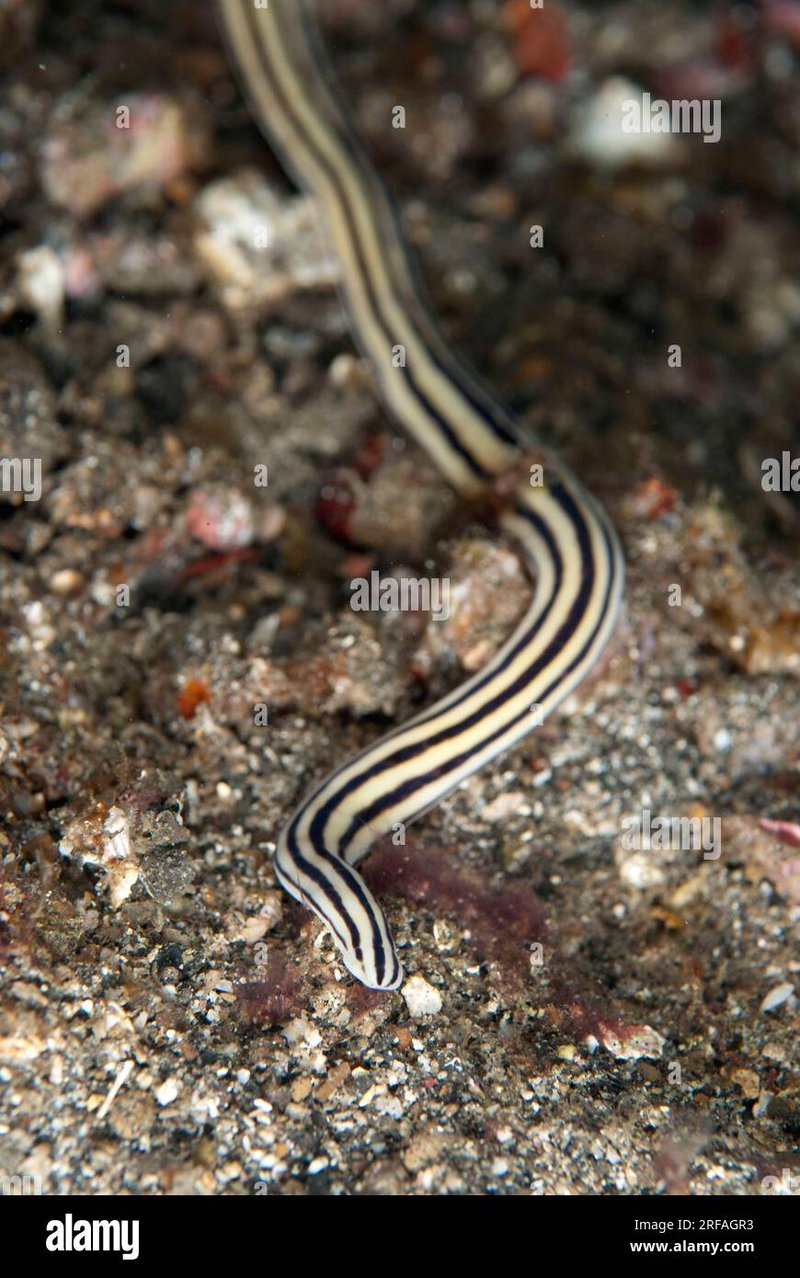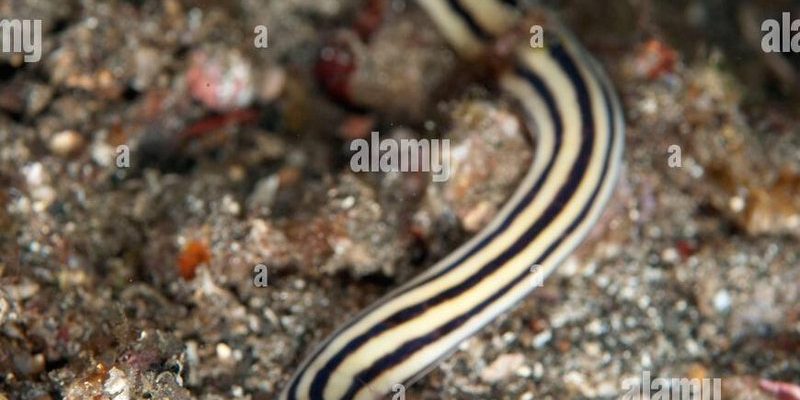
Imagine you’re wandering along a tide pool, peeking at the hidden wonders beneath the surface. You might see colorful fish darting around, seaweed swaying with the currents, and, if you’re lucky, a ribbon worm wriggling its way through the sand. While they may not be the first animal that comes to mind when you think of ocean life, these worms are crucial in maintaining the health and stability of marine food webs. Let’s dive deeper into the world of ribbon worms and see how they fit into the intricate tapestry of marine invertebrate food webs.
What Are Ribbon Worms?
Ribbon worms, scientifically known as *Nemertea*, are fascinating elongated creatures that can vary in size from a few centimeters to several meters long. They have soft, flexible bodies and are often brightly colored, which adds a splash of vibrancy to marine environments. Their unique appearance might remind you of a colorful ribbon drifting in the water, hence the name.
These worms have some quirky features. For starters, they possess a proboscis—a tube-like structure that they can extend to catch prey. This proboscis can be a powerful tool, armed with toxins or sticky substances to immobilize their snacks. Imagine having a retractable lasso that helps you catch food without having to chase after it!
In terms of habitat, ribbon worms can be found in various environments, from coastal waters to deeper ocean floors. They typically inhabit sandy or muddy substrates, hiding among sediment or under rocks. Their ability to blend into their surroundings makes it easier to ambush unsuspecting prey.
The Role of Ribbon Worms in Marine Food Webs
Now that we know what ribbon worms are, let’s explore their role in marine food webs. Food webs represent the complex network of who-eats-who in an ecosystem, and ribbon worms play an essential part in this balance. They are primarily carnivorous, feeding on small creatures like crustaceans, worms, and other invertebrates.
By consuming these smaller organisms, ribbon worms help regulate their populations. If they weren’t around, small invertebrates could multiply rapidly, leading to an imbalanced ecosystem. Imagine a garden with too many weeds—without something to keep them in check, the garden can become overrun! In this way, ribbon worms are like the gardener of the ocean, maintaining balance and health.
Additionally, ribbon worms are a food source for larger marine animals. Fish, birds, and even other invertebrates may prey on them. This means that ribbon worms not only help control populations but also contribute to the diets of various species, promoting biodiversity in their ecosystems.
How Do Ribbon Worms Catch Their Prey?
So, how do ribbon worms go about catching their meals? Their unique feeding mechanism is a fascinating aspect of their biology. When a ribbon worm spots potential prey, it can quickly extend its proboscis. The proboscis is equipped with specialized cells that can inject toxins or trap the prey, essentially paralyzing it.
Once the prey is immobilized, the ribbon worm retracts its proboscis, bringing the caught meal back to its mouth. This method is efficient and allows ribbon worms to catch various prey types without expending too much energy. Think of it like a fishing line—cast it out, reel it in, and enjoy the catch!
Their ability to prey on smaller invertebrates also showcases their adaptability. Depending on the available food sources, ribbon worms can switch up their diet, eating whatever is abundant. This flexibility is essential in an ecosystem where resources can fluctuate dramatically.
Ribbon Worms and Their Ecosystem Interactions
Ribbon worms don’t operate in a vacuum—they interact with many other organisms in their environment. This complex web of interactions includes competitors, predators, and prey. For instance, while ribbon worms feast on other invertebrates, they also compete with similar-sized predators, like some species of fish and other marine worms.
Their presence in the ecosystem can also influence the distribution of other organisms. For example, as ribbon worms eat and reduce populations of certain prey, that can open up opportunities for different species to thrive. This type of interaction is a reminder of how interconnected marine life is.
One fascinating aspect of ribbon worms is their ability to regenerate lost body parts. If they’re attacked or partially consumed, many species can regrow lost sections, which is essential for their survival. This regenerative ability can play a role in maintaining their populations, allowing them to bounce back even after tough encounters.
Environment and Conservation of Ribbon Worms
Like many marine species, ribbon worms face threats from human activities. Pollution, habitat destruction, and climate change can significantly impact their populations and, by extension, the health of marine food webs. When ocean temperatures rise or water quality declines, it affects not only ribbon worms but the entire ecosystem that relies on them.
Conservation efforts are crucial in preserving ribbon worms and their habitats. Protecting coastal areas, reducing pollution, and managing marine resources sustainably can help ensure that these fascinating creatures continue to thrive. Additionally, raising awareness about the importance of all marine species—no matter how small—can lead to better protection and appreciation for ocean life.
It’s essential for us to understand the impacts of our actions on marine ecosystems. By supporting conservation initiatives and making mindful choices, we can help protect not just ribbon worms but the whole tapestry of life in our oceans.
Ribbon worms might not be the most glamorous creatures in the ocean, but their role in marine invertebrate food webs is indispensable. From providing balance in prey populations to acting as food for larger animals, they are essential players in the ecosystem. By understanding and appreciating these unique organisms, we can better comprehend the complexity of marine life.
The next time you think of the ocean, remember that it’s full of interconnected beings, each playing its part in the grand scheme of things. Ribbon worms, with their quirky traits and vital roles, remind us of the incredible diversity beneath the waves. Each creature, no matter how small, contributes to the beauty and health of our planet’s oceans.

